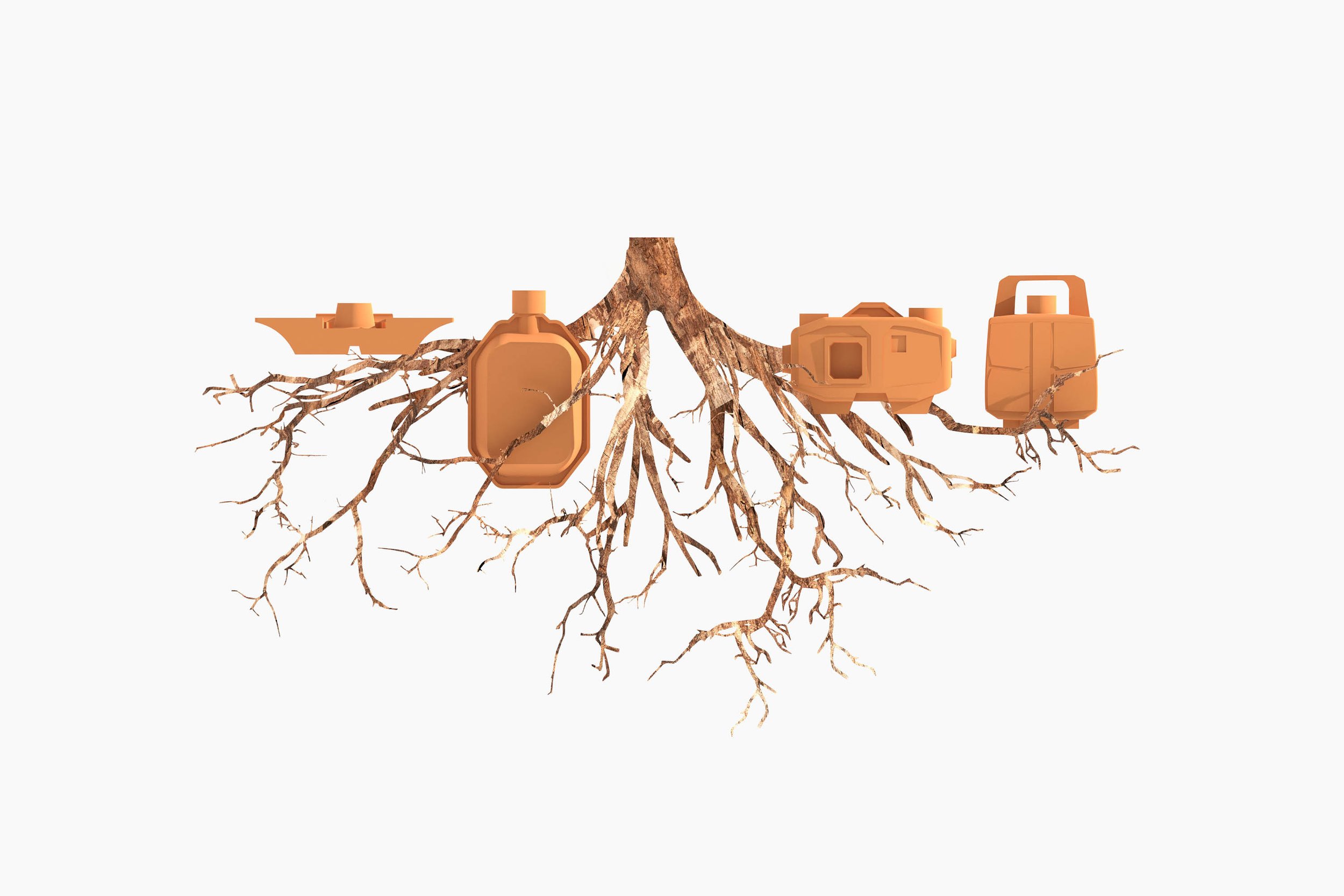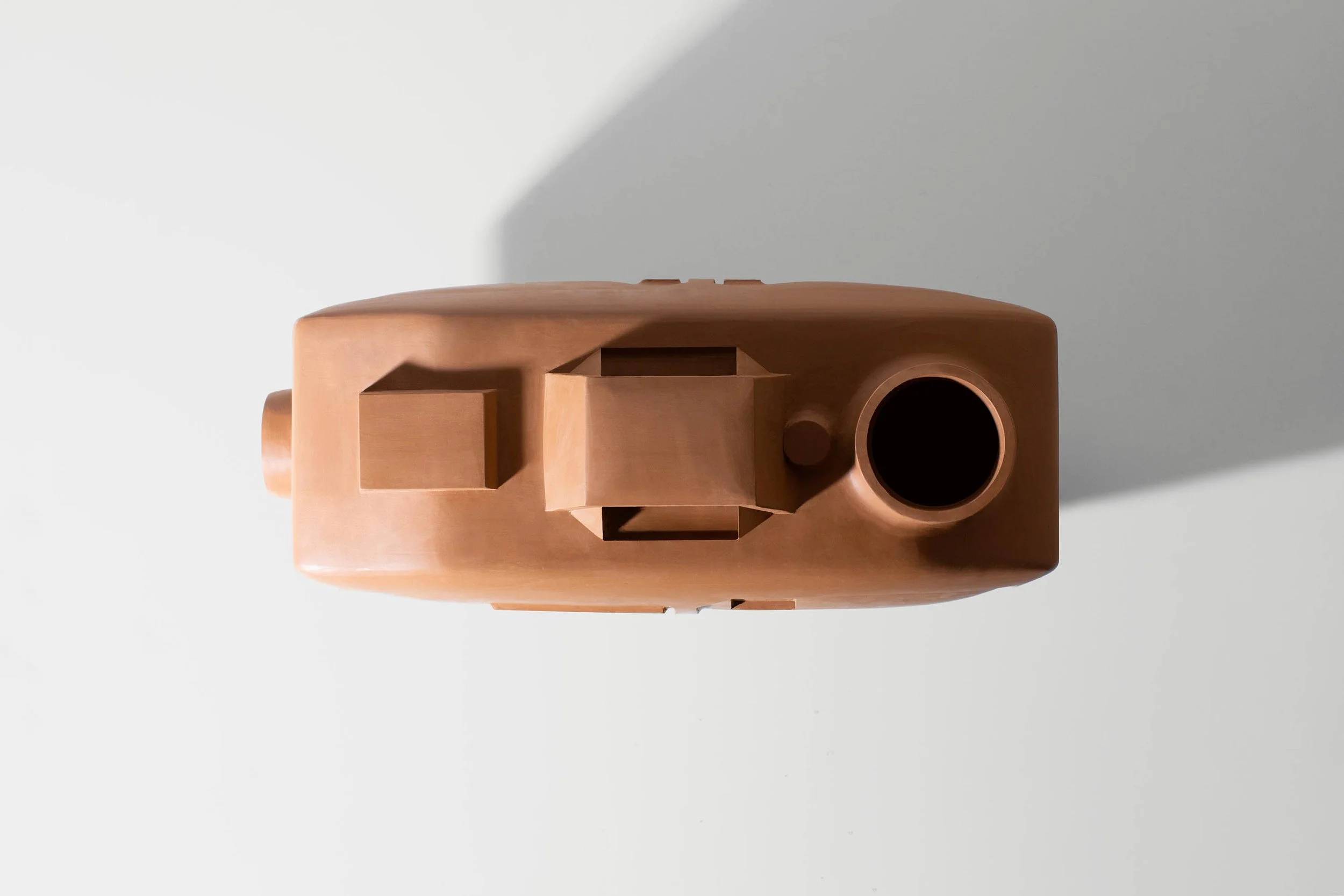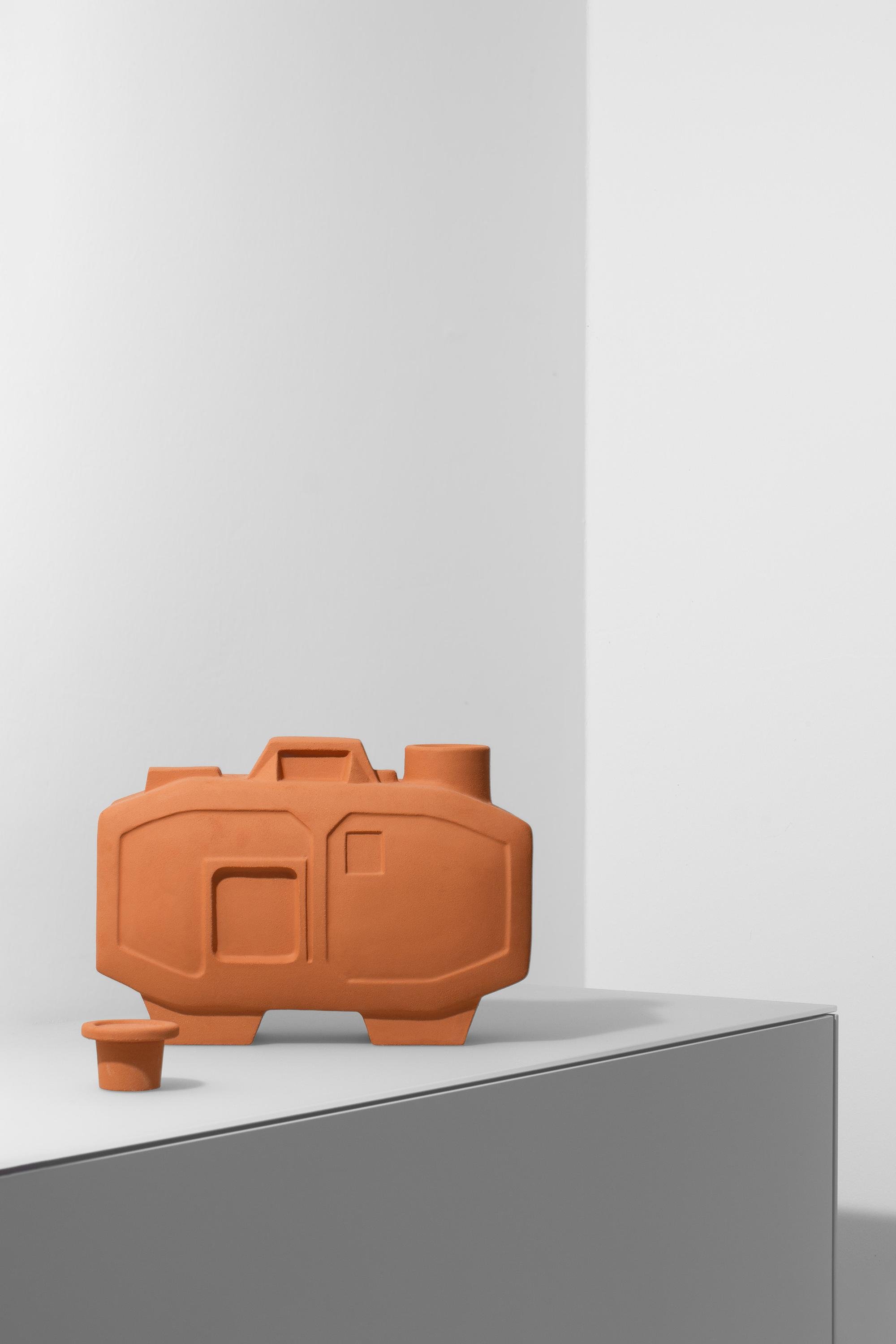Designing for Trees: Johanna Seelemann's OASE Project
In an era marked by rapid urban expansion and technological evolution, the natural elements of our cities are often overshadowed. Trees, usually confined to ornamental roles, fight a silent battle for survival amidst a landscape of concrete and cars. Addressing this critical problem, designer Johanna Seelemann presented the Oase project—an innovative endeavour that rethinks the health and hydration of urban trees. Founded on the principles of interspecies design, Oase recognises trees and other non-human entities as vital participants in urban planning, receiving the same consideration as humans. How can we design for humans and multiple species simultaneously? Seelemann's approach is in line with the most advanced insights from ecology, which envisions cities not only as human habitats but as refuges that actively protect biodiversity. This perspective leads to a redefinition of "inclusive design" to encompass a broader, more-than-anthropocentric vision, encouraging the creation of products that respond to current ecological changes. The Oase project, through its innovative design, facilitates a dialogue that incorporates the needs and voices of non-human urban dwellers, pushing the boundaries of conventional urban design. Consequently, Oase advocates for an urban environment co-created by its botanical and human residents, emphasising the interconnected health and prosperity of all the city's inhabitants.
"Oase" | Photo: Robert Damisch
An Ancient Solution Reimagined for Modern Cities
The Oase project draws inspiration from ancient irrigation techniques, utilising unglazed terracotta vessels that are buried near trees. These pots, filled with water, leverage the material's porosity to allow water to be directly absorbed by the tree roots. This method significantly reduces water loss typically caused by surface evaporation and soil infiltration, boasting up to 70% water savings compared to traditional surface irrigation methods.
This not only represents a sustainable approach to water use but also improves the resilience of urban trees, which are often stressed by factors such as heat, pollution, and inadequate soil conditions. By enhancing water retention directly where it's most needed—at the roots—Oase ensures that trees can thrive even in less-than-ideal urban settings.
Echoing Urban Realities
Johanna Seelemann's design is as thoughtful in function as it is in form, reflecting the aesthetic of automobile fuel tanks. This choice symbolises the ongoing competition between urban development and nature conservation. In cities, trees are often not recognised as living entities with their own needs and rights; instead, they are treated merely as elements of decoration.
Seelemann's project challenges this narrative, underscoring the importance of designing with non-human entities in mind. By recognising trees as active participants in urban ecosystems, Oase promotes a more inclusive approach to urban planning, where the needs of both human and non-human inhabitants are considered.
The Broader Impact
Commissioned by the MAKK Museum Cologne and the Ökorausch Think Tank e.V. for the exhibition "Between the Trees," Oase is more than just a project; it's a call to action. It encourages cities to reconsider how they integrate natural elements into urban landscapes, advocating for a design philosophy that supports coexistence and biodiversity.
Presented internationally, including at Milan's "Micrographia – Redesign for Biodiversity" exhibition, OASE serves as a dual-purpose design: functional in its capacity to support tree health and symbolic of the broader environmental challenges facing our urban spaces.
Interspecies Design: Shaping Urban Environments for Humans and Nature Alike
Johanna Seelemann's work demonstrates how ancient techniques, reinterpreted for the contemporary world, empower designers to forge innovative and environmentally attuned solutions. As we face an uncertain future, the core principles of the Oase project—innovation, inclusivity, and ecological stewardship—offer a visionary blueprint for urban development that harmonises the needs of all human and non-human city dwellers. By valuing the health of trees and other natural elements as much as we value human well-being, we create more resilient and vibrant urban spaces. This balanced approach fosters a sustainable coexistence and enriches our urban ecosystems, ensuring a thriving community for every species inhabiting them.
Micrographia – Redesign for Biodiversity @ Milan Design Week
Micrographia – Redesign for Biodiversity @ Milan Design Week
Info
DESIGN, CONCEPT, PRODUCTION
Johanna Seelemann
https://johannaseelemann.com/Oase
ASSISTANCE
Gigi Totaro
Marc Goldbach
Eric Maget
PHOTOGRAPHY
Robert Damisch
EXHIBITIONS
‘Between the Trees’ - MAKK Museum für Angewandte Kunst Köln - 2023
‘Micrographia ‘– Redesign for Biodiversity - Milan Design Week - 2024
WORDS
Nina Zulian








